|
||||||||||||||||||||||
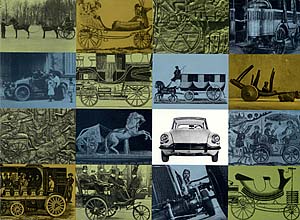 |
A SHORT HISTORY OF SUSPENSIONPart One |
|
|
|
|
This means that
these drivers, though they may not have realized it themselves, want
first and foremost a well-sprung car. From a safety viewpoint, the
suspension of a car is the essential item. Progress was impossible in
the field of overland speed without an equivalent progress in the field
of suspension. The history of speed and the history of the motor car
are largely the history of suspension. |
|
|
It is said that History dates back to the Sumerians. Unfortunately,
this does not apply to the history of suspension. Some five thousand
years before the Flood, the Sumerians migrated from the Caucasus and
settled between the Tigris and the Euphrates. In those faraway times,
they used chariots drawn by donkeys or oxen. But these fragile and
primitive vehicles were at the mercy of the least jolt and their weight
prevented speeding. |
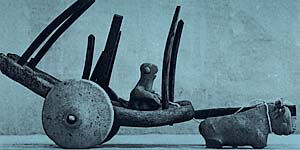 |
|
|
|
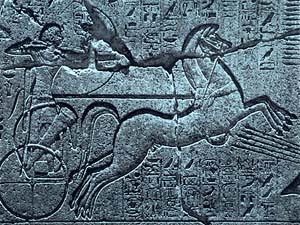 |
Three thousand years later, the Egyptians, after discovering the horse from the Hyksos -- and then from the Hittites, the Scythians and the Assyrians -- started using chariots. In the first staged battle in history -- Fiadesh in 1296 B.C. -- the light chariots of Ramses II confronted those of the Hittite king, Muwatali. But these war
chariots were so unstable that driving them was a feat of bravery in
itself. |
|
|
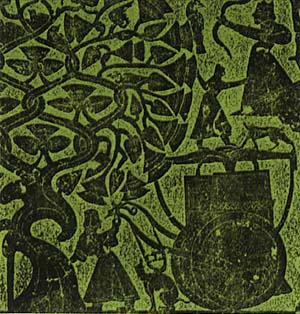
Above Chinese carving. 2nd century A.D. |
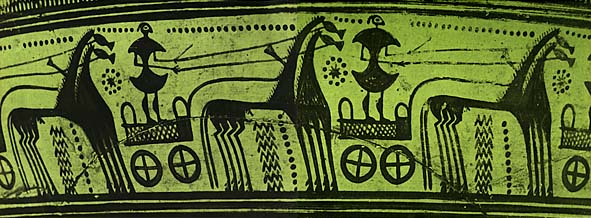
Greek warriors on their chariots. Close-up of an archaic cup. 7th century B.C. |
|
|
© 2000
Julian Marsh
|
|

